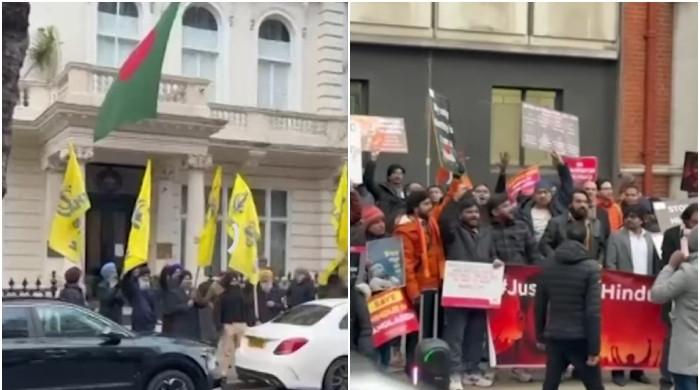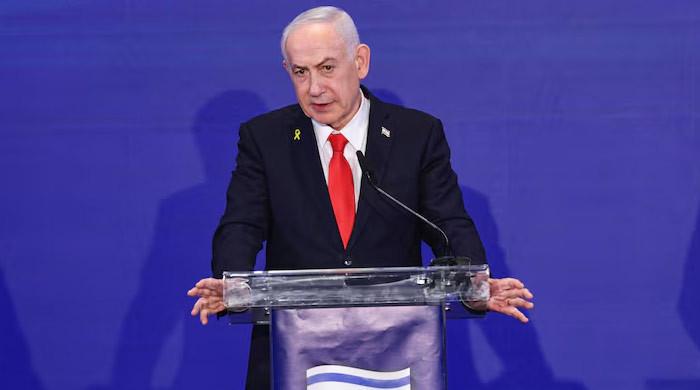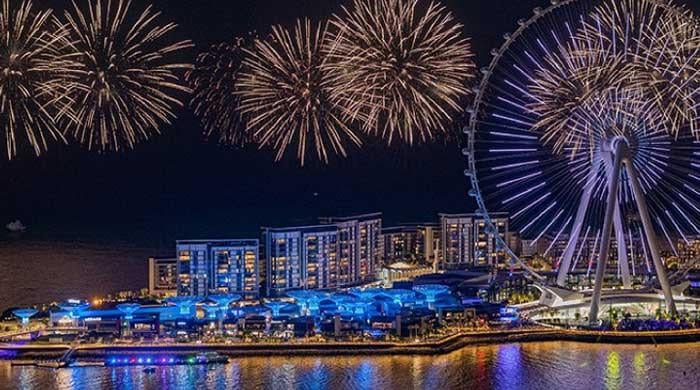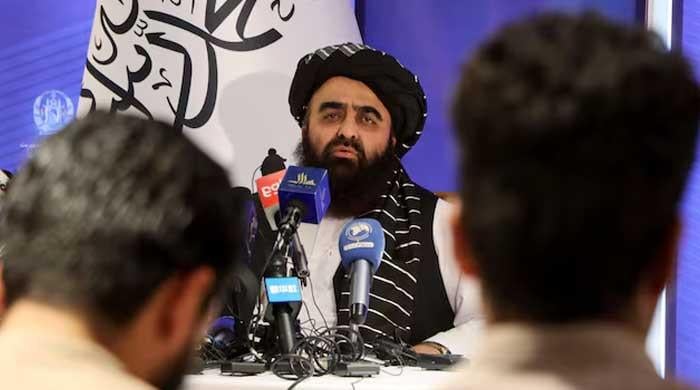British Museum faces online backlash as demands grow for Easter Island statue return
British Museum houses two moai removed from Rapa Nui, Chile in 1868
February 18, 2024
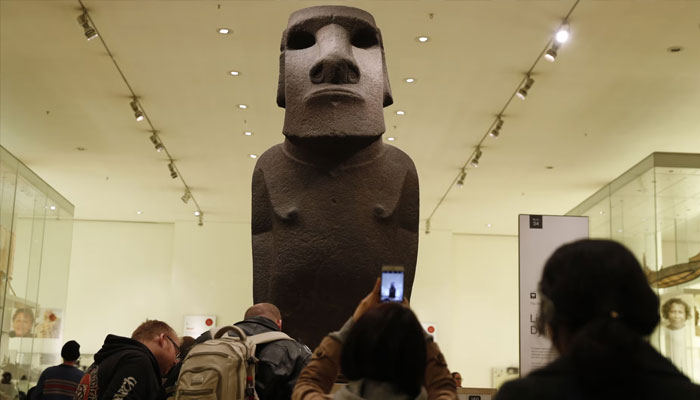
The British Museum is contending with a wave of social media activism from Chile as users inundate its Instagram, calling for the repatriation of a moai statue from Easter Island, The Guardian reported.
The museum houses two moai removed from Rapa Nui in 1868, sparking persistent demands for their return to Chilean territory. Chilean influencer Mike Milfort's campaign prompted the closure of comments on the museum's Instagram initially, drawing attention to the issue globally.
Despite criticism and concerns from Rapa Nui Mayor Pedro Edmunds Pao, the campaign reached Chilean President Gabriel Boric, showcasing the growing momentum.
The British Museum responded to trolling by deactivating comments on some posts, citing safeguarding considerations. Mayor Pedro Edmunds Pao emphasises the cultural importance of the Hoa Hakananai'a, urging recognition and the statue's return as a symbol of peace.
Rapa Nui, located 2,300 miles west of mainland Chile, has a unique Polynesian identity and desires greater autonomy from Chile. The island, home to over 1,000 moai statues, issued a request for the return of the two moai in 2018. While a reciprocal visit occurred, a subsequent letter to King Charles from the elders' council seeking the return remains unanswered.
Mayor Edmunds Pao stresses the need to establish the rightful ownership of the Hoa Hakananai'a, proposing it could serve as Rapa Nui's ambassador if returned.
The controversy underscores the complex intersection of cultural heritage, international relations, and social media activism, forcing institutions like the British Museum to navigate the demands for repatriation in the digital age.




